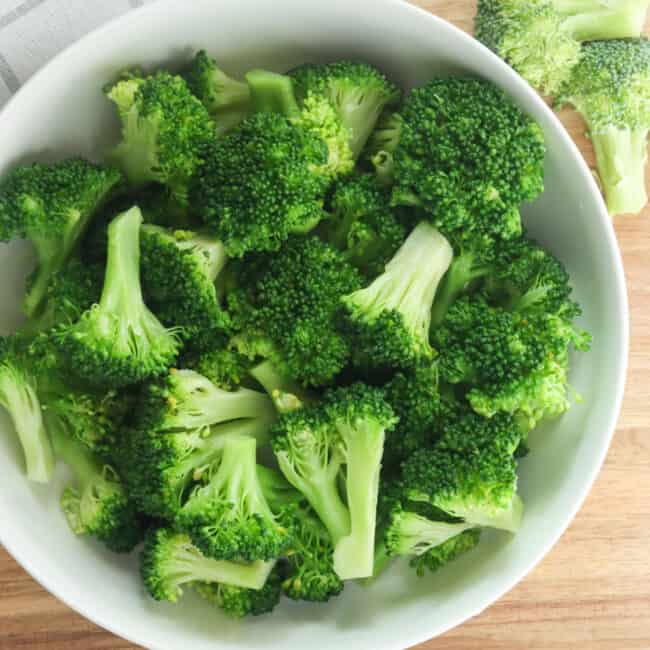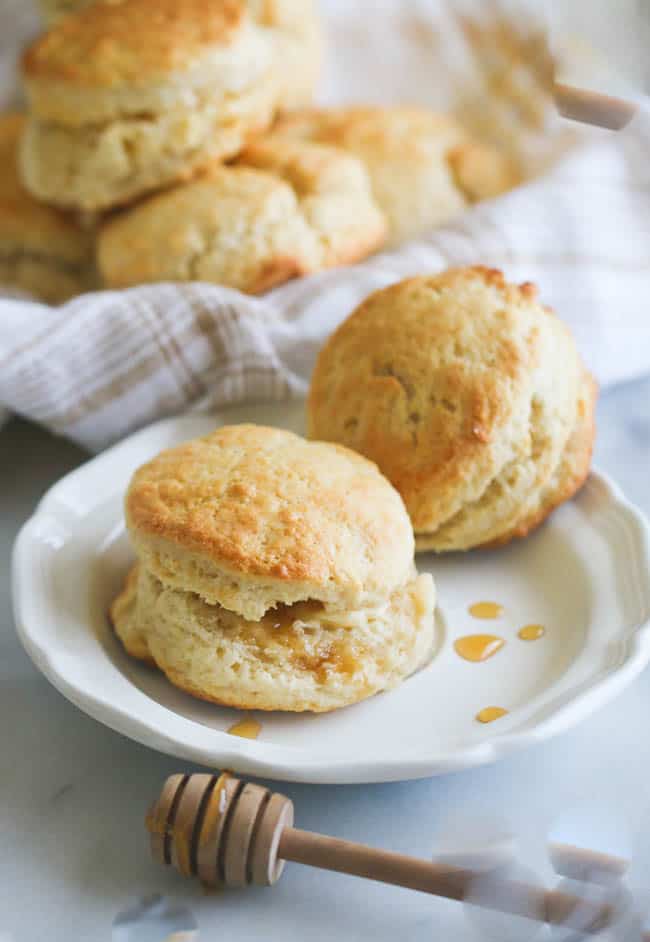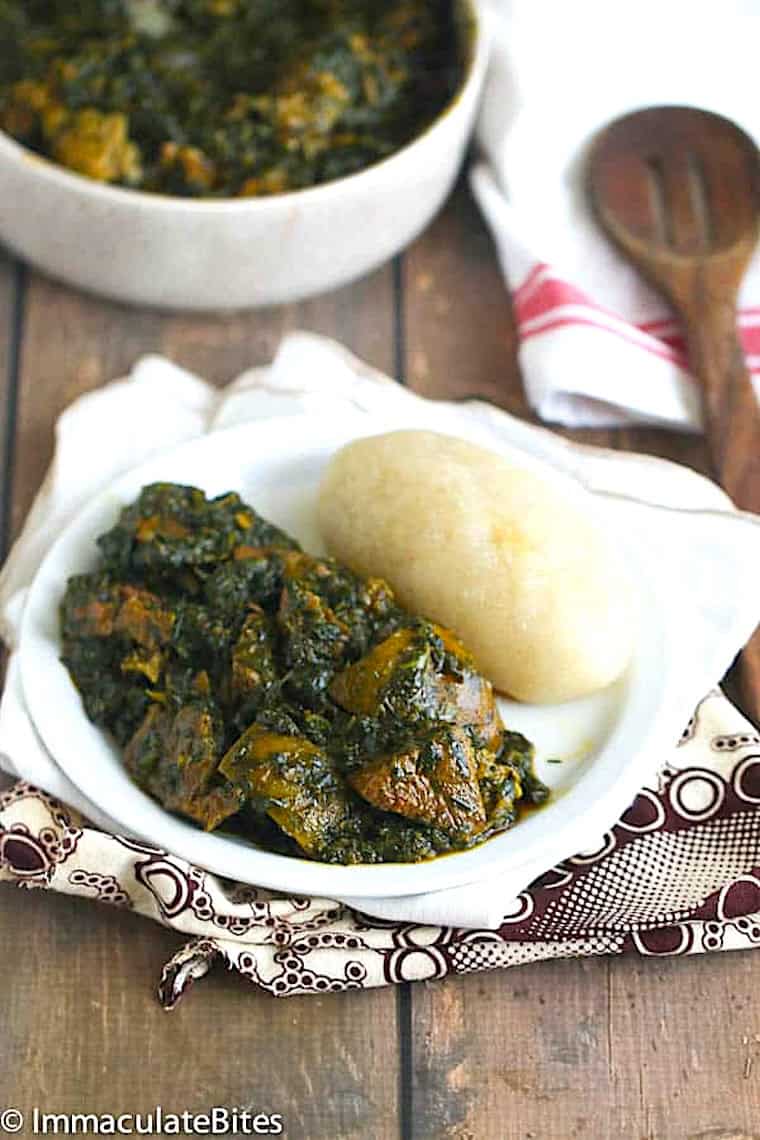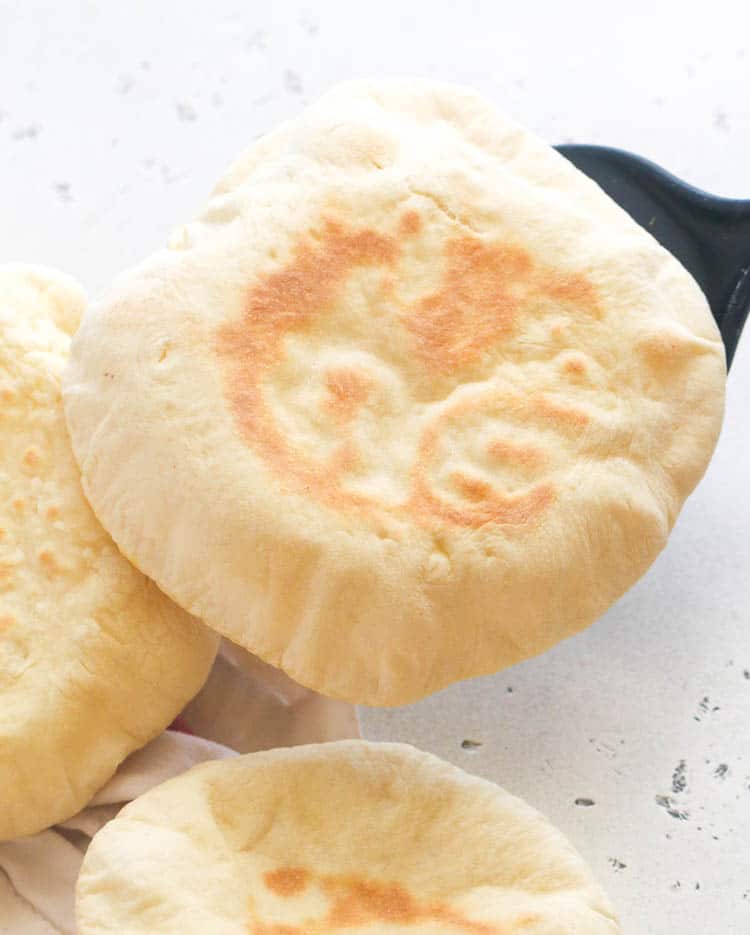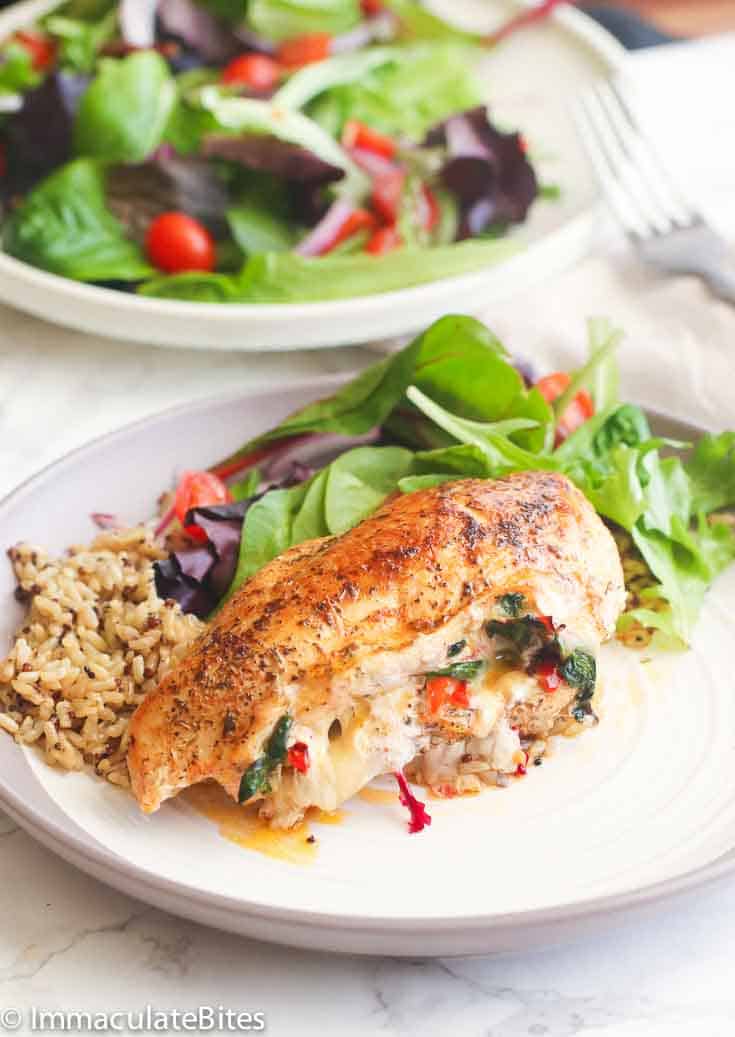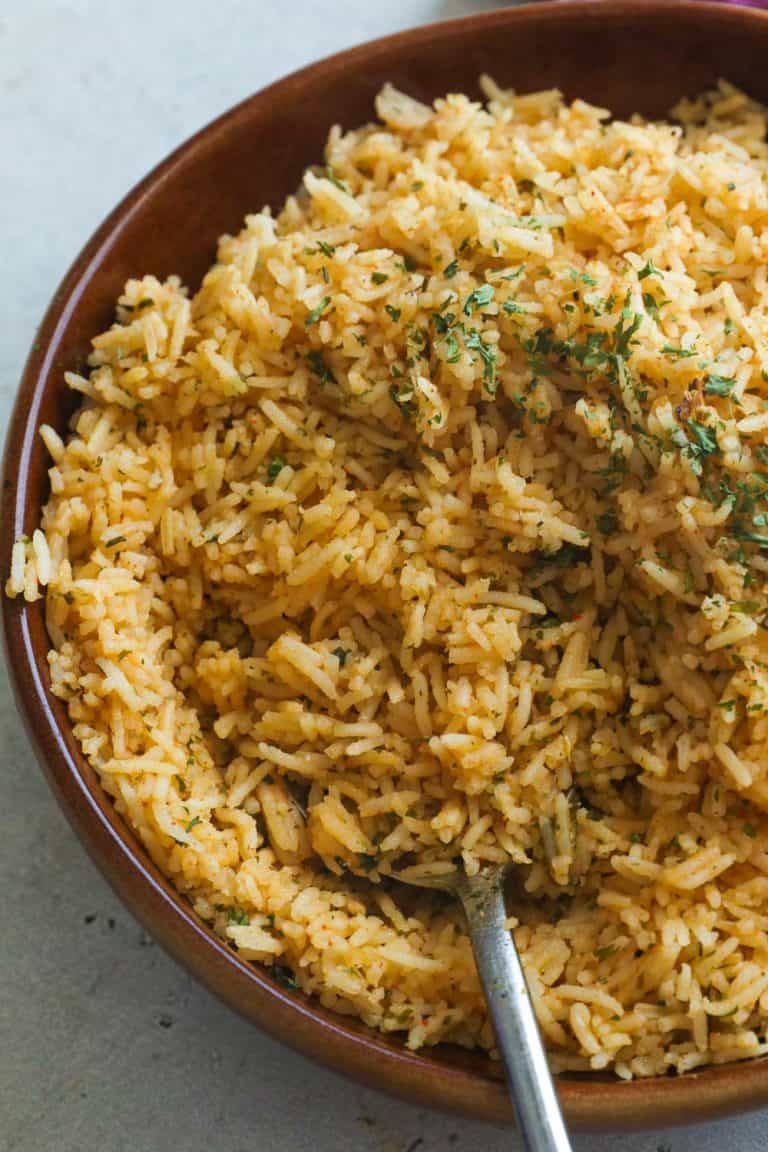How to Blanch Broccoli
How to Blanch Broccoli – Blanching is the key to crunchy, vibrant, tasty broccoli every time! It’s a cinch and creates a quick side dish, a healthy salad ingredient, or an appetizer. It’s sure to win over even the most anti-veggie family member!
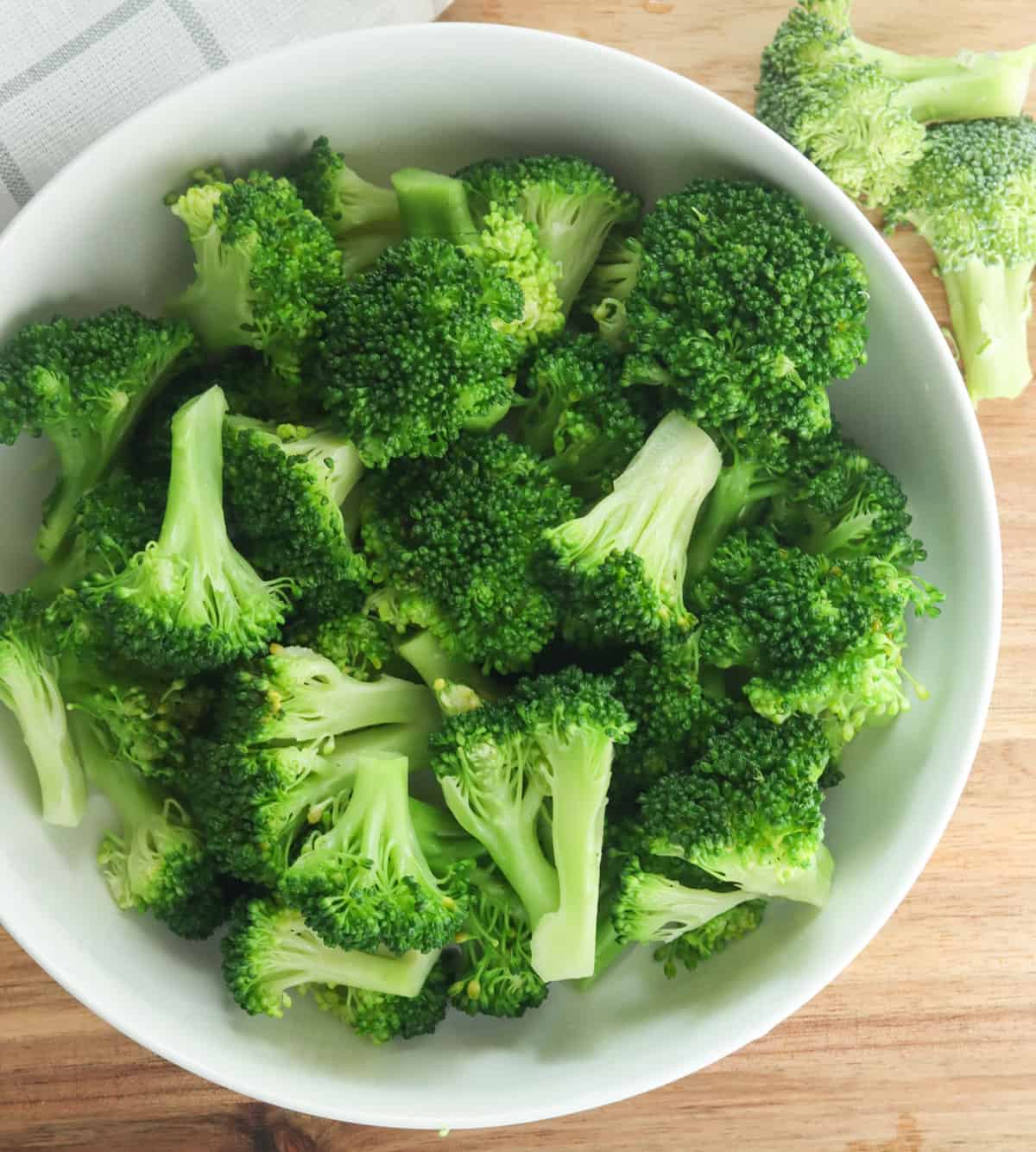
Using the words irresistible and broccoli in the same sentence may seem like a sure sign of insanity. And I admit, overcooked broccoli can be dull and mushy. However, blanched broccoli is an all-out treat for the eyes and the taste buds!
Blanching accentuates the beautiful vibrant green, making it the perfect accent to any meal! It also works all kinds of magic on the taste and texture. Blanching gets rid of any bitterness and makes broccoli delightfully crunchy and tender! It’s guaranteed to have the kids (and everyone else!) gobbling up their greens!
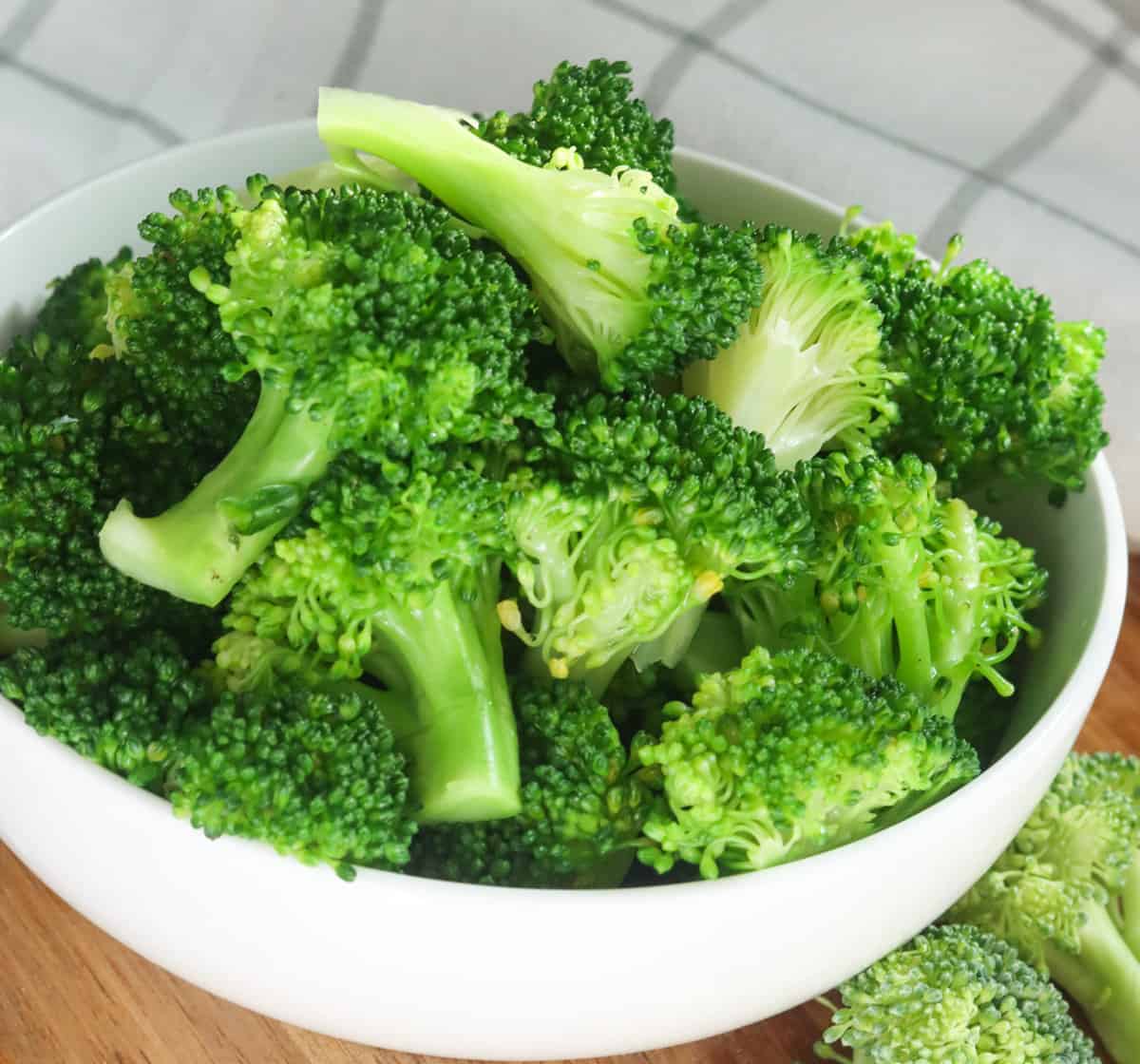
Why Blanch Broccoli and What Is Blanching?
Blanching is a technique in which you submerge vegetables in boiling water for a short time, then immediately remove them and plunge them into ice water. The ice bath stops the cooking process cold, locking in the vegetables’ flavor, color, and texture. It also lets you freeze vegetables without turning them into mush.
Recipe Ingredients
- Broccoli – Our star veggie adds bold color, crunch, and a slight sweetness to any meal!
- Water – Boiling water flash cooks the broccoli, and the frozen water (ice cubes 😉) stops the process fast. Tap water works fine, but you can also use filtered water.
- Salt – This all-purpose seasoning also keeps the broccoli from losing more of its flavor to the cooking water.
How to Blanch Broccoli
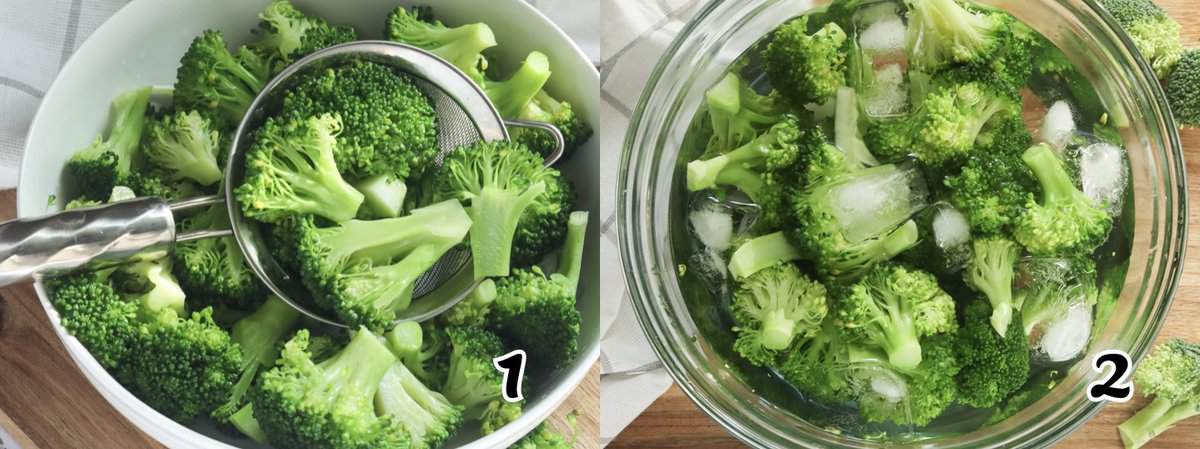
- Chop – Prepare the broccoli by cutting it into small florets. Set aside.
- Boil – Bring water to a boil over medium heat in a medium saucepan or pot. When the water starts boiling, add salt.
- Prep Ice Bath – Fill a large bowl with cold water, add the ice cubes, and set aside.
- Cook – Add the prepped broccoli florets to the boiling water, and let it sit for 3-5 minutes. The broccoli should be bright and crisp.
- Plunge – Remove the broccoli from the saucepan with a colander, then stop the cooking process by plunging it into the ice bath. Let it set for 5 minutes, then drain and use as desired.
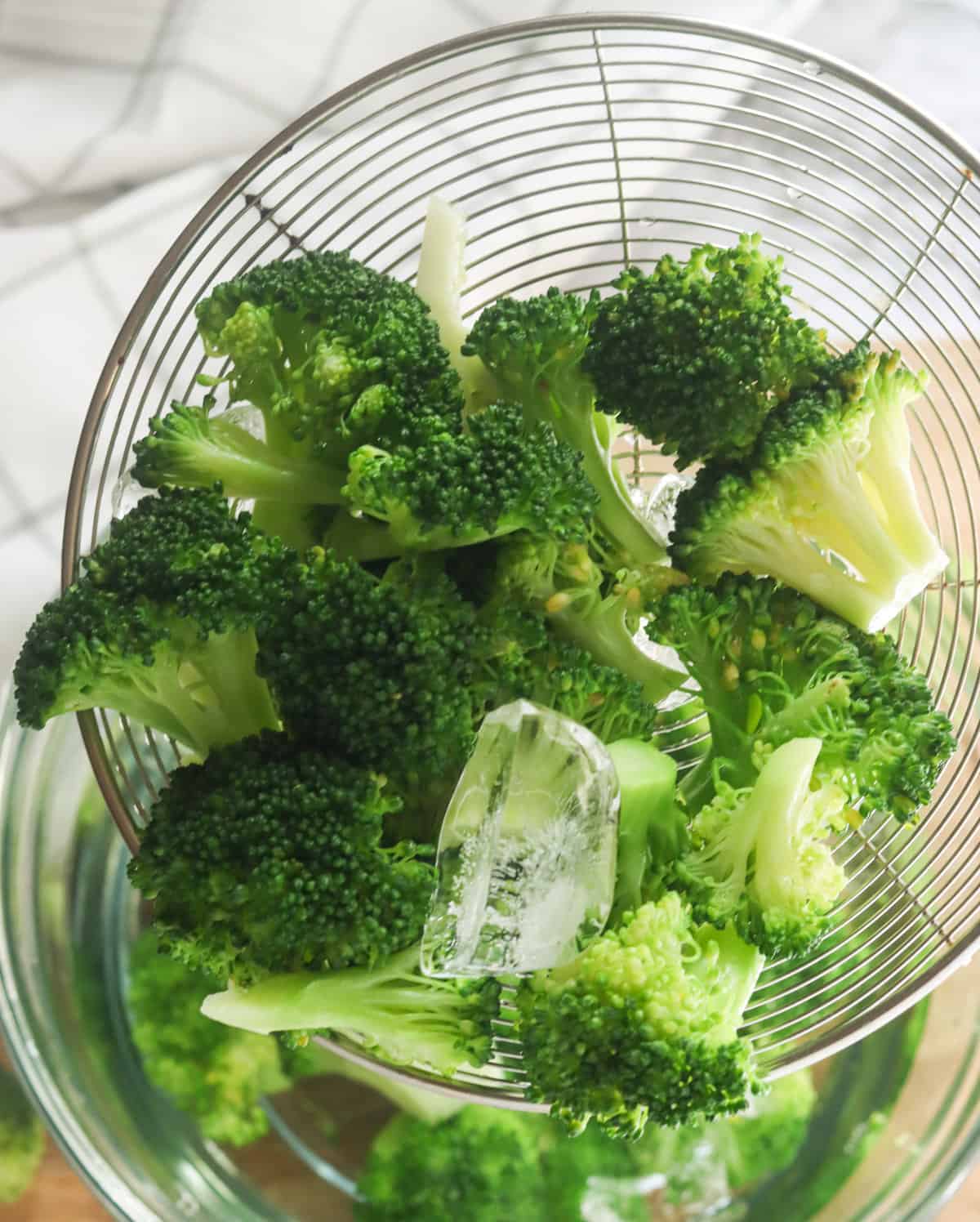
Tips and Tricks
- Make sure to use enough water to entirely cover the broccoli florets while cooking, so they cook unevenly.
- This is a quick process, so I like to have everything ready before starting, especially the ice bath.
- To get the greenest, tastiest blanched broccoli, look for firm stalks and an even green color. Avoid broccoli with brown or yellow spots.
- Only blanch fresh broccoli because frozen broccoli has already been blanched.
- Blanching works for many vegetables, like carrots, green beans, cauliflower, sugar snap peas, and asparagus.
Storage Instructions
Once blanched, you can freeze broccoli for later. It will last four days in the fridge and 10 months in the freezer. It’s also an ideal way to keep it from blooming and getting bitter in the refrigerator.
You can thaw frozen broccoli overnight in the fridge or on the kitchen counter for a few hours. If you’re in a hurry, place the bag in a bowl of tepid water until defrosted.
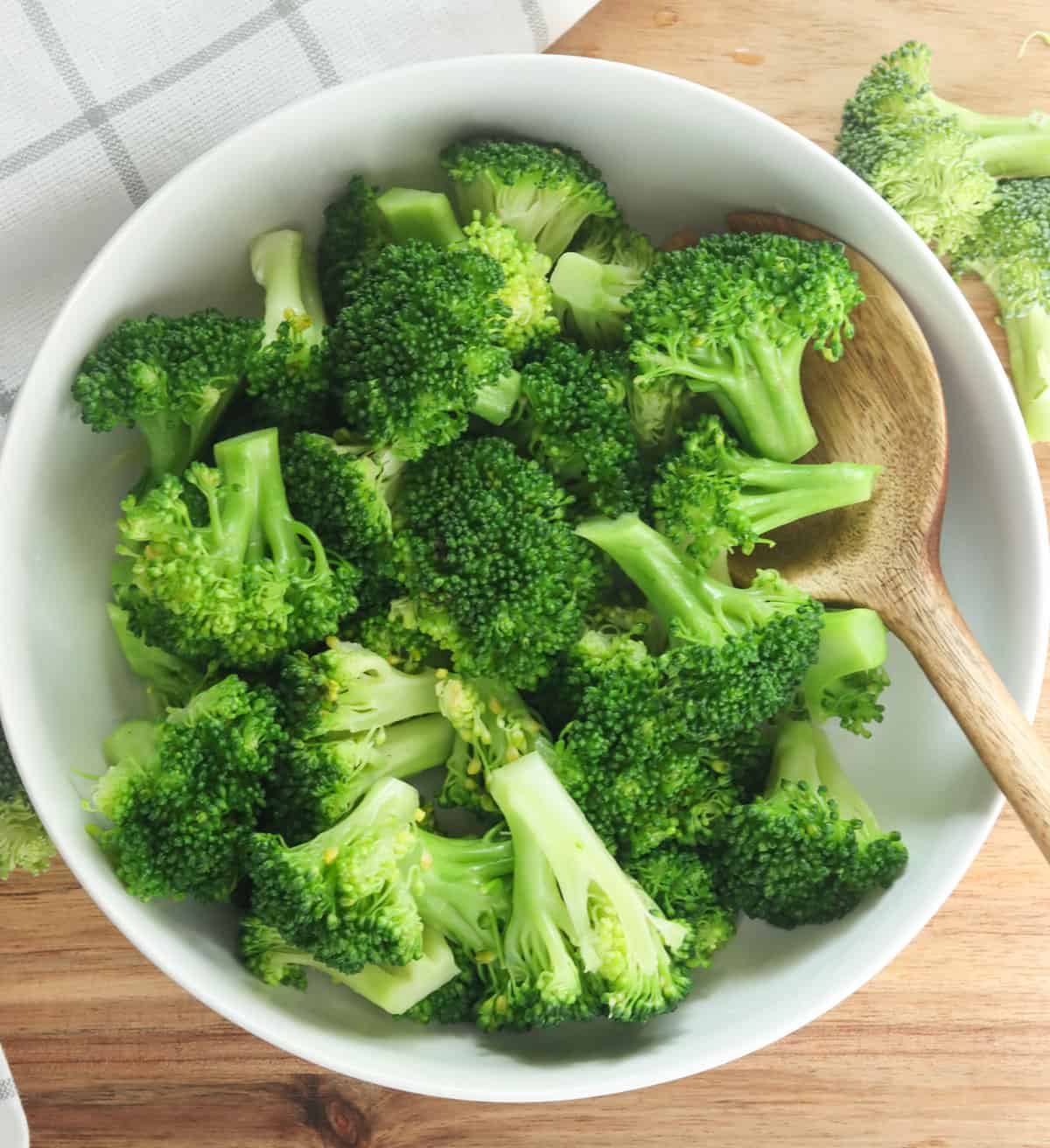
FAQs
Steaming and blanching preserve the color and nutritional value of broccoli. Unfortunately, most of the good stuff comes out in the water when you boil it.
It depends on how big the flowerets are. Usually, it takes 3-5 minutes to cook (either steaming or in boiling water), then plunge it into ice water. If you’re going to use it right away and would like it a little more tender, you can leave it a tad longer.
While you can freeze fruit raw, vegetables don’t enjoy that luxury. It’s best to blanch them before freezing, or you may end up with mush.
What Goes With Blanched Broccoli
Blanched broccoli is fabulous with several main dishes, but I like it most with easy meatloaf, herb-crusted pork loin roast, or chicken bog.
More Innovative Broccoli Recipes to Try
Conclusion
Say goodbye to mushy broccoli with this super easy blanching process! Would you like more how-to tips for your kitchen? Be sure to sign up for my newsletter to stay up to date!

